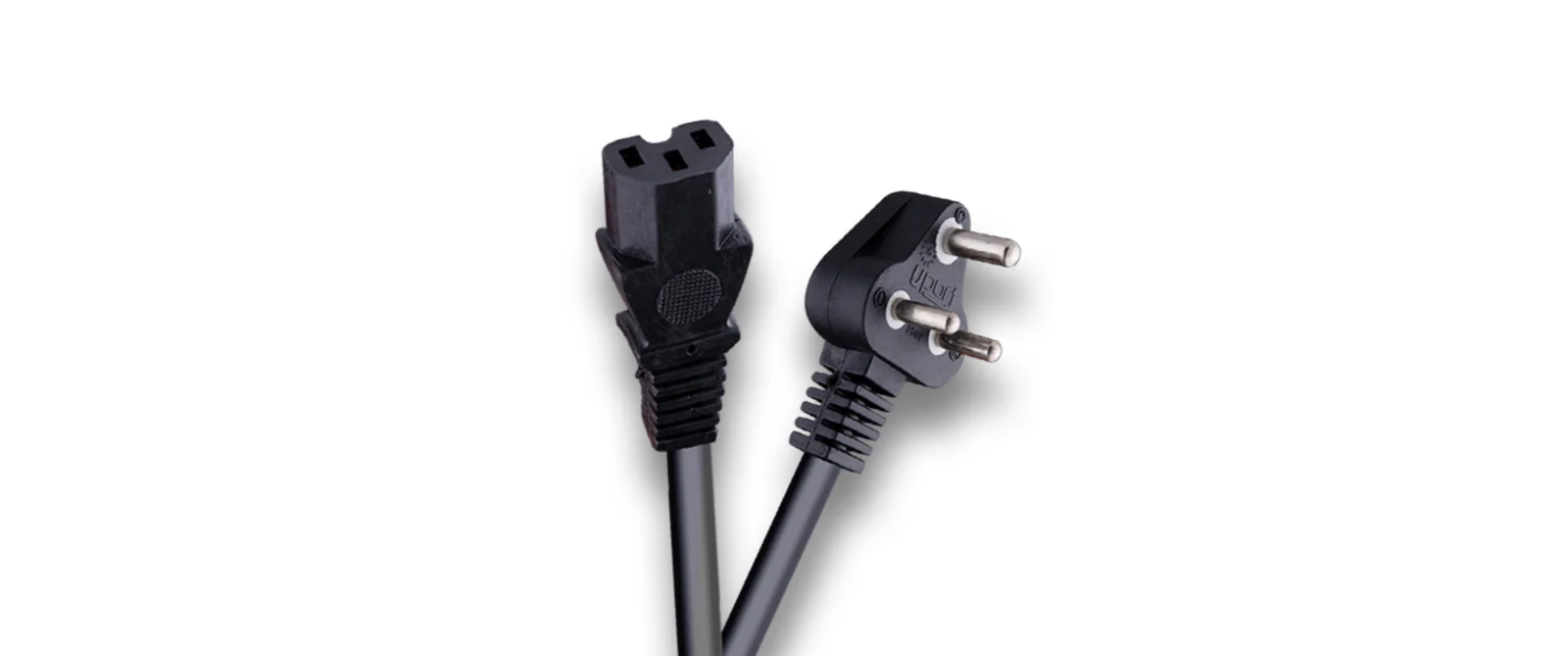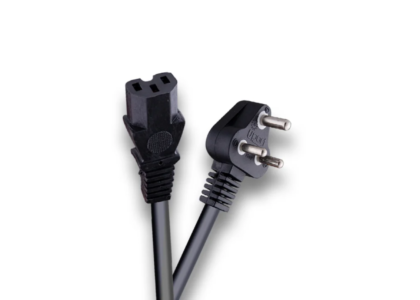Power cords are essential components of modern electronics, enabling devices to connect to electrical outlets and receive the necessary power to operate. From laptops and desktop computers to kitchen appliances and entertainment systems, power cords play a crucial role in delivering electricity safely and efficiently. In this guide, we’ll explore the function of power cords, their components, types, and considerations for choosing the right one for your devices.
Understanding Power Cords
A power cord, also known as an AC cord or mains cable, is a flexible cable with electrical plugs at both ends. It is designed to connect electrical appliances and devices to a power source, typically a wall socket or power outlet. The primary function of a power cord is to transmit electrical power from the outlet to the device, enabling it to operate.
Components of a Power Cord
- Conductor: The conductor is the core component of a power cord, typically made of copper or aluminum wires. These wires carry electrical current from the outlet to the device.
- Insulation: Insulation materials surround the conductors to prevent electrical leakage and protect against external influences such as moisture and heat.
- Sheath or Jacket: The outer covering of the power cord, known as the sheath or jacket, provides mechanical protection and insulation for the internal components.
- Plugs: Power cords have plugs at both ends—one end plugs into the device (appliance, equipment, or gadget), while the other end plugs into the power outlet.
Function of Power Cords
- Electrical Connection: The primary function of a power cord is to establish an electrical connection between the device and the power source. When plugged into a wall socket, the cord allows electricity to flow from the outlet to the device, powering its operation.
- Power Transmission: Power cords transmit electrical power from the AC mains supply (typically 120V or 240V depending on the region) to the device. This power is essential for powering electronic components, motors, heating elements, and other electrical systems within the device.
- Safety and Protection: Power cords are designed with safety features such as insulation and grounding to prevent electrical hazards such as shocks, short circuits, and fires. Properly insulated cords protect against electrical leakage and ensure safe operation.
- Flexibility and Mobility: Power cords provide flexibility and mobility by allowing devices to be positioned away from the power source. Longer cords enable greater reach and versatility in positioning devices within a room or workspace.
Types of Power Cords
- Standard Power Cords: These cords are used for general household appliances, computers, monitors, and other electronic devices. They typically feature a plug with two or three prongs depending on the region’s electrical standards.
- Extension Cords: Extension cords extend the reach of a power source and are equipped with multiple outlets (sockets) along the cord’s length. They are used to connect multiple devices to a single power outlet.
- Specialized Power Cords: Certain devices, such as industrial equipment, medical devices, and high-power appliances, may require specialized power cords designed to handle specific voltage, current, or environmental conditions.
Choosing the Right Power Cord
- Voltage and Current Rating: Match the voltage rating (e.g., 120V, 240V) and current capacity (measured in amps) of the power cord to the requirements of your device. Using an incompatible cord can damage the device or pose safety risks.
- Plug Type: Ensure the plug type (e.g., Type A, Type C, Type G) matches the power outlets available in your region or the device’s specifications.
- Length: Choose a cord length that provides sufficient reach without excess slack. Longer cords offer more flexibility but may be bulkier to store and manage.
- Safety Certifications: Look for power cords that comply with safety standards such as UL (Underwriters Laboratories) certification in the United States or CE (Conformité Européenne) marking in Europe.
Conclusion
In conclusion, power cords are indispensable components that facilitate the safe and efficient operation of electrical devices by providing the necessary electrical connection between the device and the power source. Understanding the function, components, types, and considerations for choosing the right power cord ensures optimal performance, safety, and compatibility with your devices.



